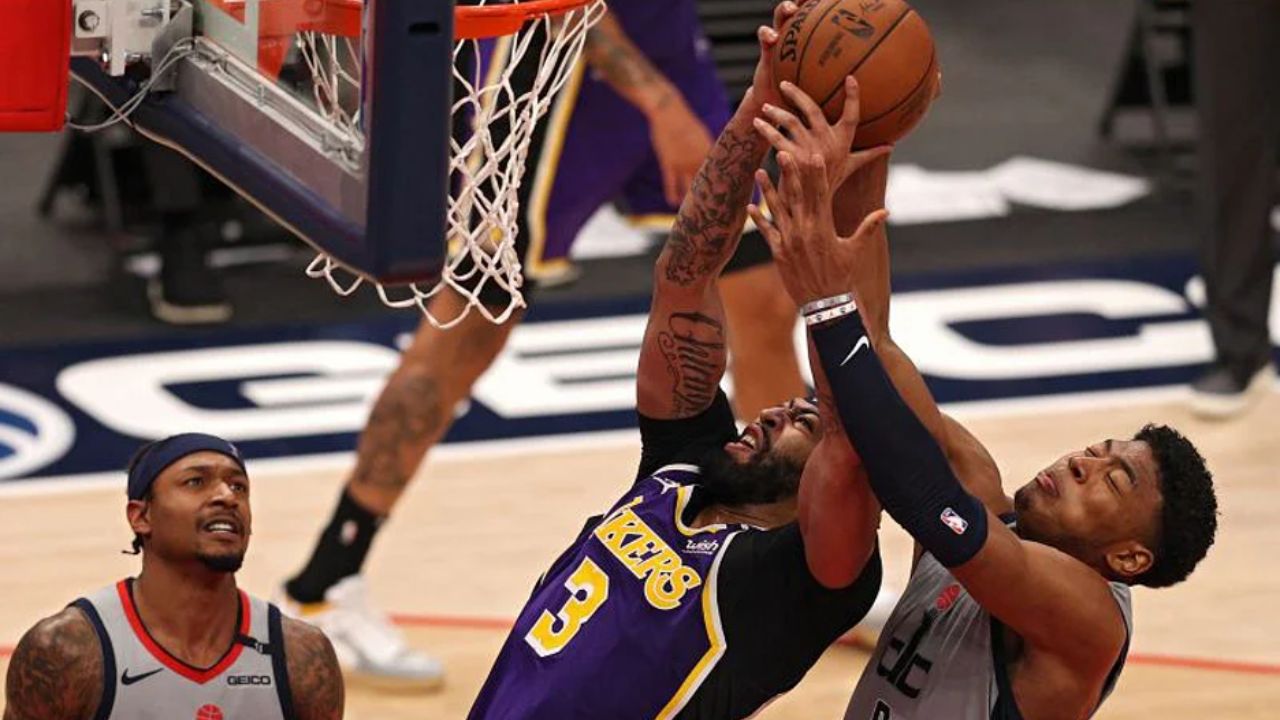Basketball is an extremely fast sport requiring appropriate synchronization of players, tools of the game, and the courts. It is surprising how sometimes the game’s performance has not been measured in terms of a basketball ball rebound rate. This is the capability of a basketball to rebound when it strikes the ground or a player's hand; this depends on several factors such as the material used in the court, the ball's design, and prevailing conditions. ModuCourts basketball court tiles are specifically designed to enhance the rebound rate by providing a consistent and durable playing surface, ensuring optimal performance during games.
Effectiveness of Court Material
The type of surface of a basketball court is very important in deciding the amount of rebound that is likely to occur. Wood, synthetic surfaces, and asphalt that are most used are known to have varying rebound characteristics. Some kinds of surfaces are generally more favorite in professional games, such as hardwood courts with constant bounce. Asphalt courts usually bring a harder and less elastic ball response to bounce which may affect game performance. ModuCourts, which are characterized by unique and modular court construction, provide solutions that increase the uniformity of the rebound while preserving the sturdiness of the surface.
Ball Design and Its Contribution
It therefore has been established that the design and construction of basketballs have effects on the rebound. The type of bladder used, outer material, and air pressure determine how the ball bounces after it has been in contact with the court. Professional basketballs are manufactured to have high resilience by prognosticating uniform stiffness and rebound characteristics. Manufacturers also consider measures implemented in basketball to reduce variation between professional leagues and recreational play.
Environmental Conditions
It is also appreciated that the phenomenon of bounciness could be influenced by environmental factors including temperature, humidity, and altitude. Furthermore, its behavior is affected by temperature; it might become hard and is able to rebound less under low temperatures. In the same way, high humidity interferes with the court and the outside skin of the ball with reference to the rebound feature. Even the game played at high altitude affects the ball in a way that air pressures are different.
Player Performance and Rebound Rate
The elasticity coefficient of a basketball ball determines the performances of the athletes concerning shooting, dribbling, and passing. The author pointed out that a ball that has been exuberantly raised or dropped could interfere with the rhythm of a particular player and especially make them make costly blunders during crucial moments of a game. For the professional players, the changes as small as possible in rebound behavior may have larger impacts.
Standardization in Professional Basketball
Basketball as a professional game has a specific testing method to assess whether the balls or the courts are rebounding as desired. FIBA and NBA for instance have set strict standards for equipment and the playing surfaces. It involves assessing the height, for instance, that the ball acquires when dropped from a given distance, and the capacity of the court surfaces. These standards are well captured in ModuCourts designs and solutions they provide that serve both professional and recreational players.
Technological Advancements
The use of technology has enhanced the reliability of rebound rates than it was in the past. Some developments like the incorporation of matt underlay on the courts and materials used on basketballs have presumably improved gameplay. It is now becoming possible to install some modular systems on various courts, where the hardness of the surface can be controlled to suit the various players. ModuCourts is a good example of such a trend, depicting how such courts incorporate and apply the best technologies in their court systems to work as required. Useful basketballs with sensors can even process the data of rebounds and offer valuable information concerning the actions of the players as well as overall court conditions.
Rebound Optimization
Thus, the focus on the rebound rate as one of the indicators of basketball development will increase in the future. The future possibilities might include the use of other carbon-friendly materials for making courts that retain rebound values but are friendly to the environment. Also, AI and machine learning could help decipher the various game details to enhance the design of the court and the ball. In this way, the sport can guarantee that the players of all levels will have the same high-quality playing field. In these areas, ModuCourts continues to be a leader in innovation with the type of solutions that are sustainable yet performative.
Conclusion
The ball rebound rate is one of the most important and overlooked factors in basketball performance. In this case, therefore, many things relate to the nature of a court, the number of bounces a ball can make, and the playing conditions. This way, the basketball stakeholders will improve the quality of this kind of sport and will offer the players everything they need to succeed.


